Research Article
Volume 3 Issue 2 - 2019
Knowledge, Attitude and Practice of Sudanese Women Toward Tetanus Toxoid Vaccine During Pregnancy in Bahri Teaching Hospital May 2018
6th year medical student College of medicine- University of Bahri
*Corresponding Author: Sundos Hamza Fadul Modawey, 6th year medical Student College of medicine- University of Bahri.
Received: November 19, 2018; Published: January 22, 2019
Abstract
Background: Maternal and neonatal tetanus is still a substantial but preventable cause of mortality in many developing countries. Although easily prevented by maternal immunization with tetanus toxoid vaccine, aseptic obstetric and postnatal umbilical-cord care practices.
Objective: To assess Knowledge, attitude and practice of Sudanese women toward tetanus toxoid vaccine during pregnancy in bahri teaching hospital May 2018.
Design: Observational cross-section study.
Setting:The study was conducted in Bahri teaching hospital for obstetrics and gynecology, Bahri district, Khartoum – Sudan.
Subjects: 110 pregnant women attended the out-patient or admitted to antenatal wards.
Results: The mean age of mothers is 28.8. 75.5% did not know the recommended doses of the vaccine, 0.9% know that first dose does not give an immunity,10% know the protective period of second dose, 6.4% know the protective period of the third dose, 3.6% know the protective period of the four dose, 12,7% know that five doses give lifelong immunity .70.8% not vaccinated because they have no information about the vaccine, 8.3% think it is not important, 8.3% the vaccine is not available for them and 12.3% have a phobia from injections.82% accepted the vaccine if recommended by their physician.
81.8% took the vaccine. 41.8% took their first dose in in their first four months of pregnancy, 40% took it in 5-9 months of pregnancy, 1.8% took it after delivery, 31.8% took the second dose after one month from first dose, 8.2% took third dose after six months from second dose, 3.6% took fourth dose after one year from third dose, 5.5% took fifth dose after one year from fourth dose. 10% took one dose, 37.3% took two doses, 15.5% took three doses, 10.9% took four doses, and 9.1% took the five doses.
Conclusion: More efforts should be made in health education programs aimed at increasing mother awareness and knowledge about vaccination and improving their behavior and practice with regard to vaccination.
Keyword: Tetanus toxoid vaccine; Maternal and neonatal tetanus; Pregnant women vaccination
Introduction
Tetanus is an acute, often fatal, disease caused by an exotoxin produced by Clostridium tetani (anaerobic gram positive bacillus) [3]. The disease is characterized by muscle rigidity and painful muscle spasms caused by tetanus toxin’s blockade of inhibitory neurons that normally oppose and modulate the action of excitatory motor neurons.
Neonatal tetanus is a generalized type of tetanus, it characterized by muscle rigidity and painful muscle spasms, In neonatal tetanus, trismus or lockjaw and lip muscle rigidity interfere with normal sucking and feeding which will affect the neonatal health and can lead to a fatal consequences .Usually the neonate acquired the disease through infection of the unhealed umbilical stump specially when the stump is cut with a non-sterile instrument, mother can pass the passive immunity to her baby when she was vaccinated while pregnant against the disease.
The vaccine is a five doses taken in specific periods between them, when the mother complete her doses she will protected throughout the childbearing years and will give her child a passive immunity against the disease .
In Sudan expanded program of immunization the standing strategies now aim to immunize all pregnant women against tetanus, in addition to this routine vaccination in health units a regular campaigns are applied against maternal and newborn tetanus in high risk areas, whereby they targeted all girls and women in child bearing age (15-45 years), all this within the maternal and neonatal tetanus elimination program, which is plan to decrease the incidence rate into 1:1000 in live birth, and that is through specific strategies include the routine vaccination and enhance practices to insure a clean delivery and comorbid searching for neonatal tetanus. [4]
Methodology
Study design: this study was aimed to investigate the maternal community knowledge, attitude and practices regarding tetanus toxoid vaccine without any interventions, only describe what has been founded during the study. Samples were collected in cross sectional manner, so this study is observational-descriptive- cross-sectional study.
Study area: The study was conducted in bahri teaching hospital for obstetrics and gynecology, a governmental and the main hospital in Bahri district .The hospital is attended by women from many different areas near and far away from bahri district that make it a favorite place to meet mothers in different social, educational and economic status.
Study population: the population was the pregnant Sudanese women in different gestational ages, attended the outpatient or admitted to antenatal wards. Mothers participate in appositive way in the study and welcome answering of the questions.
Study variables: the variables of these study is the age of the mothers participate in the study, level of mother’s education, number of children, hearing about tetanus toxoid vaccine, source of hearing about tetanus toxoid vaccine, knowing about the recommended doses of the vaccine, knowing that vaccination against the disease is important, knowing the coverage of the immunity when the vaccine take during pregnancy, knowing of the coverage immunity of the first dose, knowing the coverage immunity of the second dose, knowing the covering immunity of the third dose, knowing the coverage immunity of the fourth dose, knowing the coverage immunity of the fifth dose, reasons behind not taking the vaccine, acceptance to take the vaccine when recommended by the doctor, taking the vaccine, vaccination status, first dose time, second dose interval, third dose interval, fourth dose interval, fifth dose interval, doctor’s recommendation to take the vaccine, relation between mother educational level and knowledge about recommended doses of the vaccine, relation between mother age and number of doses taken, relation between mother educational level and willingness to take the vaccine, relation between mother number of children and number of doses taken, take the dose in the right intervals, Knowing the right protective period of each dose.
Including criteria: all pregnant Sudanese women attended outpatient or admitted to antenatal wards in Bahri teaching hospital for obstetrics and gynecology.
Sampling Technique: Because the total number of pregnant ladies cannot be estimated we used the Non probability sampling method, and it is a convenience because we go to the population and waiting for them in the place so it is a convenience Non probability sampling technique.
Sample size: the samples were collected during one month (May) and it equal 110 samples.
Data Collection Technique: The data was randomly collected from all pregnant ladies who accepted to participate in the study in simple manner, so it is a simple random technique.
Data collection tool: A structured questionnaire was designed with simple clear questions, so as to be easily understood by mothers. The pre-test was conducted in three days, the notes were taken and a reviewed questionnaire was made. Questions were read to mothers and their answers were written in the questionnaire, so the data collection tool is interview questionnaire.
Data management and statistical analysis: Data was checked for completeness, consistency and ranges. IBM SPSS version 20.0 was used to analyse data, Descriptive frequency analysis was made for all variables, the relation between variables was analysed according to chi-square test and Results has been displayed in tables and figures constructed using Microsoft Excel 2010.
Ethical consideration: The data has been collected after taking permission from ministry of health in Khartoum state, a contact with developmental and quality office and acceptance by the hospital administrators. The consent was taken verbally from mothers after give them an idea about the research.
Results
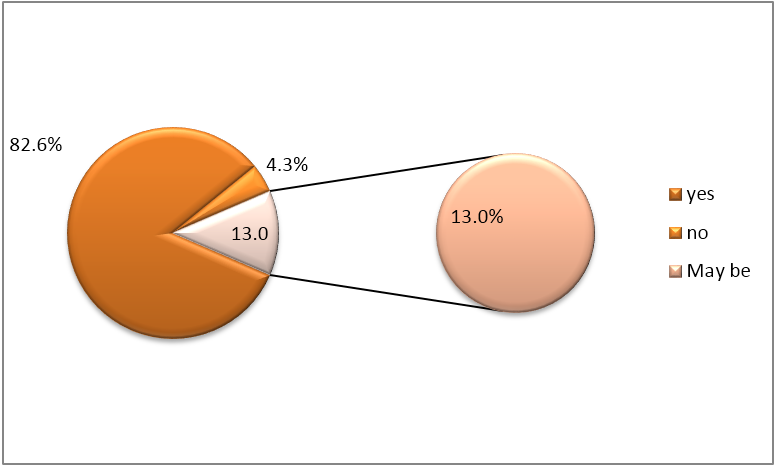
Figure 22: Pie chart illustrates Acceptance of unvaccinated women to take the vaccine if recommended by their physician.
| Number of doses taken | Total | ||||||
| One dose | two doses | Three doses | Four doses | Five doses | |||
| Age of the mother | less than20 | 1 | 5 | 3 | 0 | 0 | 9 |
| 20-40 | 9 | 34 | 13 | 12 | 10 | 78 | |
| more than 40 | 1 | 2 | 1 | 0 | 0 | 4 | |
| Total | 11 | 41 | 17 | 12 | 10 | 91 | |
P = 0.05
X2= 0.66
Not significant
No relationship between mother age and number of doses has been taken
Table 1: illustrates the relation between mother age and number of doses has been taken.
X2= 0.66
Not significant
No relationship between mother age and number of doses has been taken
Table 1: illustrates the relation between mother age and number of doses has been taken.
| Count | ||||
| knowing about the recommended doses of the vaccine | Total | |||
| Yes | I does not know | |||
| Educational level of the mother | Illiterate | 1 | 18 | 19 |
| primary education | 7 | 21 | 28 | |
| secondary education | 7 | 25 | 32 | |
| high education | 10 | 19 | 29 | |
| post graduate studies | 2 | 0 | 2 | |
| Total | 27 | 83 | 110 | |
P=0.05
X2=0.02
Significant
There is a relationship between educational level of the mother and knowing the recommended doses of the vaccine.
Table 2: illustrates the relation between educational level of the mother and knowing the recommended doses of the vaccine.
X2=0.02
Significant
There is a relationship between educational level of the mother and knowing the recommended doses of the vaccine.
Table 2: illustrates the relation between educational level of the mother and knowing the recommended doses of the vaccine.
| Count | |||||
| Unvaccinated women acceptance to taking the vaccine if advices from the doctor | Total | ||||
| Yes | No | May be | |||
| Educational level of the mother | Illiterate | 6 | 1 | 1 | 8 |
| primary education | 4 | 0 | 1 | 5 | |
| secondary education | 6 | 0 | 1 | 7 | |
| high education | 3 | 0 | 0 | 3 | |
| Total | 19 | 1 | 3 | 23 | |
P= 0.05
X2= 0.85
Not significant
There is no relationship between educational level of the mother and unvaccinated women willingness to take the vaccine if recommended from the physician.
Table 3: illustrates the relation between educational level of the mother and unvaccinated women willingness to take the vaccine if recommended from the physician.
X2= 0.85
Not significant
There is no relationship between educational level of the mother and unvaccinated women willingness to take the vaccine if recommended from the physician.
Table 3: illustrates the relation between educational level of the mother and unvaccinated women willingness to take the vaccine if recommended from the physician.
| Count | |||||||
| Number of doses taken | Total | ||||||
| One dose | two doses | Three doses | Four doses | Five doses | |||
| Number of children | first pregnancy | 4 | 13 | 1 | 0 | 0 | 18 |
| one child | 3 | 11 | 3 | 2 | 0 | 19 | |
| 2-4 children | 3 | 12 | 10 | 4 | 6 | 35 | |
| more than 4 children | 1 | 5 | 3 | 6 | 4 | 19 | |
| Total | 11 | 41 | 17 | 12 | 10 | 91 | |
P = 0.05
X2= 0,008 (Significant)
There is a relationship between the number of children and number of doses taken.
Table 4: illustrates the relation between number of children and number of doses taken.
X2= 0,008 (Significant)
There is a relationship between the number of children and number of doses taken.
Table 4: illustrates the relation between number of children and number of doses taken.
Discussion
This study was conducted in Khartoum state, Bahri district in Bahri obstetrics and gynecology teaching hospital, Data collected from 110 pregnant women during one month.
The results found that:
- The mean age of pregnant women was 28.8, which is comparable to the ages of the study done by [6] in which the mean age of mother was 30.2 years.
- Most of mothers heard about tetanus toxoid vaccine from the health care facilities.
- More than half of the pregnant women (64.5%) were advised to take the vaccine from their doctors, which is different from the study [6].
- Most of the pregnant women (75.5%) did not know about the recommended doses of the vaccine. While (60%) know that, they and their infants are, protected when they take the vaccine during their pregnancies.
- (81.8%) of the women had taken the vaccine, and most of them know that taking the vaccine is important, which indicate the good attitude and knowledge of mothers regarding taking the vaccine.
- The rates for, no vaccination, one dose vaccination, and two-dose vaccination were; (18.2%), (10%) and (37.3%), respectively. These results are comparable with the study done in Turkey [7], in which they found the rates for no vaccination, one-dose vaccination, and two-dose vaccination were 18.2%, 10%, 37.3% . also a study done by [8] found that 85% of women with a child under 1 year of age had received two TT immunizations, also to the study done by [9] in which found that -87% of women recalled receiving 2 doses of TT.
- In our study the women who complete five doses were 9.1% only; this result is quite similar to the study done by [8], in which they found only 11% of women of reproductive age had obtained the complete series of five TT immunizations.
- In our study the women who received one or more tetanus toxoid immunizations were (81.8%), which is higher than the study done [8] in which only (52%) of the women of reproductive age had received one or more TT immunizations.
- (82.6 %) of unvaccinated pregnant women in our study show their acceptance to tetanus toxoid vaccine if recommended by their physicians, which is in line with the study done by [6] which reported that pregnant women were willing to accept vaccination in pregnancy if recommended by their physicians and if sufficient discussion of safety and rationale occurs.
- In our, study (70.8%) of unvaccinated women did not take the vaccine because they have no information about the vaccination. (8.3%) Of the unvaccinated women think that the vaccine is not important and (8.3%) not available in their area. While, (12.5%) fear from the needle stick. we compare this with the study done by [6] in which they found that the Factors impacting vaccination decisions included safety for baby, safety for mother and sufficient information, scoring 4.7, 4.5 and 4.2, respectively, on a 5-point scale; less important were additional visit time (2.6), cost (1.9) or needle phobia (1).
- In our study we found there is, significant relationship between number of parities and the number of vaccination doses taken (chi-square test = 0.008). However no significant relationship (chi-square test = 0.85) was reported between the educational level and the mother’s willingness to take the vaccine. Our result is different with that reported by [6] where there was a significant relation between the educational level of the mother and the knowledge about the recommended doses of the vaccine (chi-square test = 0.02), also, our result shows there is no significant relation between the mother age and number of doses taken (chi-square test = 0.66).
Acknowledgement
Great thanks for ministry of health for giving the approval to conduct this research, and for administrators of bahri teaching hospital for their acceptance. A lot of thanks are conducted to the mothers for their cooperative and positivity toward the research. Thankfulness conducted for Prof. HAMZA OMER HAMZA the head department of the community medicine in Bahri University for his useful guides, also very grateful thanks for Prof.NASSIR MOHAMMED NASIR for his helpful advices and rich information. Thanks also for my best friend Agsaam Yahiya for her support.
Great thanks for ministry of health for giving the approval to conduct this research, and for administrators of bahri teaching hospital for their acceptance. A lot of thanks are conducted to the mothers for their cooperative and positivity toward the research. Thankfulness conducted for Prof. HAMZA OMER HAMZA the head department of the community medicine in Bahri University for his useful guides, also very grateful thanks for Prof.NASSIR MOHAMMED NASIR for his helpful advices and rich information. Thanks also for my best friend Agsaam Yahiya for her support.
References
- Demicheli V., et al. “Vaccines for women to prevent neonatal tetanus”. Cochrane Database Syst Rev 5 (2005): 4.
- Vandelaer J., et al. “Tetanus in developing countries: an update on the Maternal and Neonatal Tetanus Elimination Initiative”. Vaccine 21.24 (2003): 3442-3445.
- Moniz MH and Beigi RH. “Maternal immunization: Clinical experiences, challenges, and opportunities in vaccine acceptance”. Human vaccines & immunotherapeutic 10.9 (2014): 2562-2570.
- Expanded program of immunization in Sudan 2018.http://www.episudan.info/epi-vaccines.htm.
- Collins J., et al. “Increased awareness and health care provider endorsement is required to encourage pregnant women to be vaccinated”. Human vaccines & immunotherapeutic 10.10 (2014): 2922-2929.
- Healy CM., et al. “Knowledge and attitudes of pregnant women and their providers towards recommendations for immunization during pregnancy”. Vaccine 33.41 (2015): 5445-5451.
- Maral I., et al. “Tetanus immunization in pregnant women: evaluation of maternal tetanus vaccination status and factors affecting rate of vaccination coverage”. Public Health 115.5 (2001): 359-364.
- Perry H., et al. “Tetanus toxoid immunization coverage among women in zone 3 of Dhaka city: the challenge of reaching all women of reproductive age in urban Bangladesh”. Bulletin of the World Health Organization 76.5 (1998): 449-457.
- Hasnain S and Sheikh NH. “Causes of low tetanus toxoid vaccination coverage in pregnant women in Lahore district, Pakistan”. Eastern Mediterranean Health Journal 13.5 (2007): 1142-1152.
- Gesser-Edelsburg A., et al. “Despite awareness of recommendations, why do health care workers not immunize pregnant women?”American journal of infection control 45.4 (2017): 436-439.
- Vanderbeeken Y., et al. “In utero immunization of the fetus to tetanus by maternal vaccination during pregnancy”. American journal of reproductive immunology and microbiology 8.2 (1985): 39-42.
- Centers for Disease Control and Prevention Epidemiology and Prevention of Vaccine-Preventable Diseases .
- Hamborsky J, Kroger A, Wolfe S, eds. 13th ed. Washington D.C Public Health Foundation, 2015 .
- Roper MH., et al. “Maternal and neonatal tetanus”. The Lancet 370.9603 (2007): 1947-1959.
- Thwaites CL., et al. “Maternal and neonatal tetanus”. The Lancet 385.9965 (2015): 362-370.
Citation:
Sundos Hamza Fadul Modawey. “Knowledge, Attitude and Practice of Sudanese Women Toward Tetanus Toxoid Vaccine During Pregnancy in Bahri Teaching Hospital May 2018”. Chronicle of Medicine and Surgery 3.2 (2019): 317-333.
Copyright: © 2019 Sundos Hamza Fadul Modawey. This is an open-access article distributed under the terms of the Creative Commons Attribution License, which permits unrestricted use, distribution, and reproduction in any medium, provided the original author and source are credited.































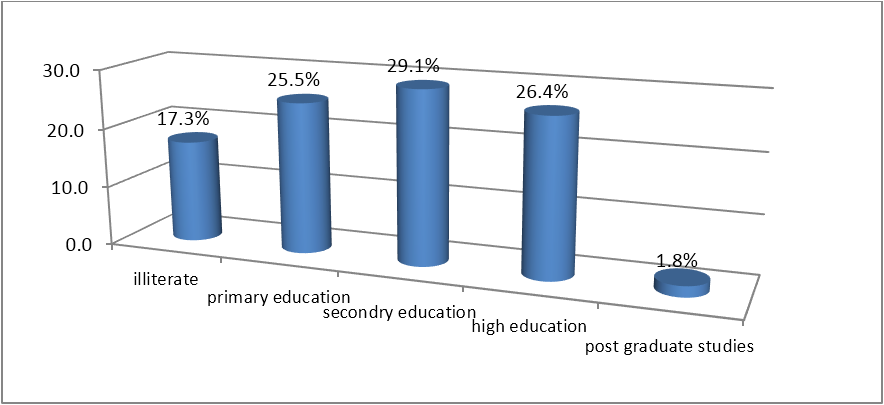
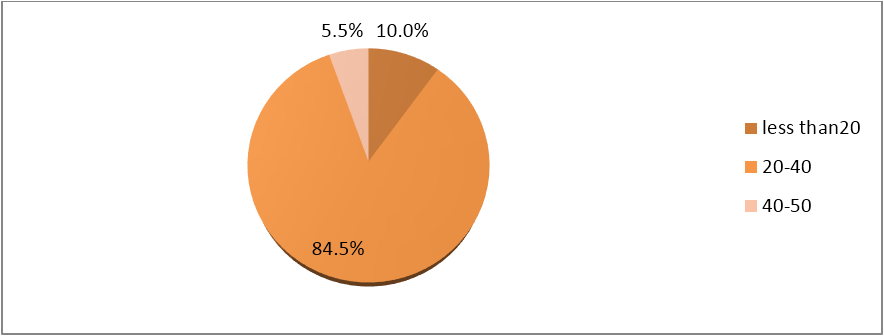
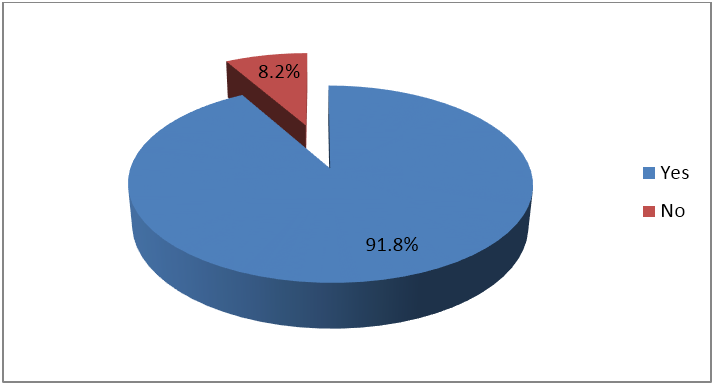
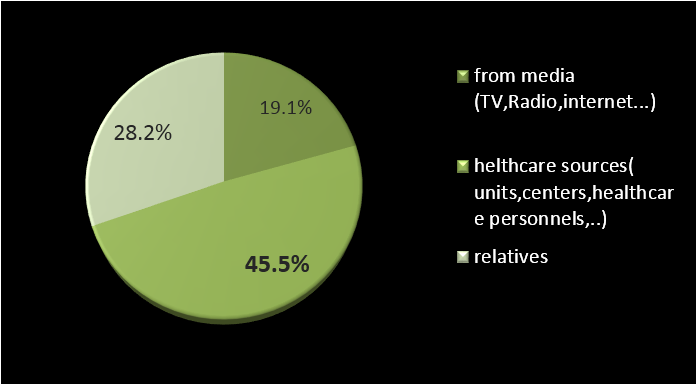
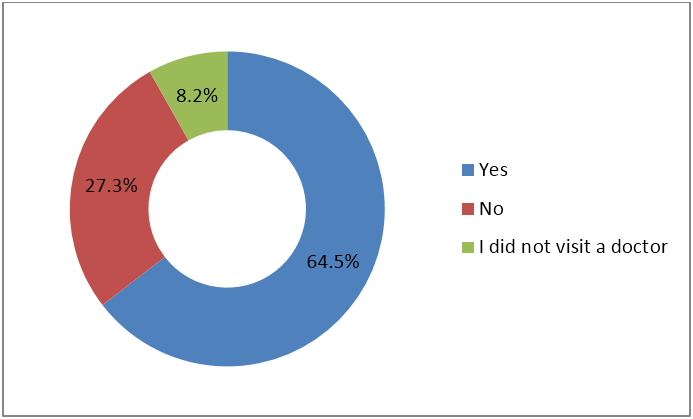
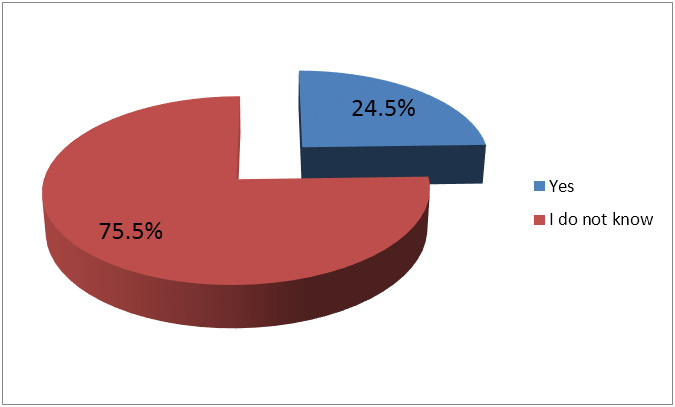
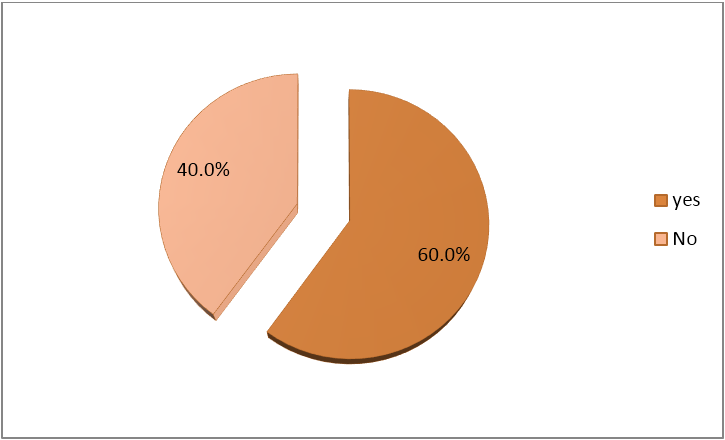
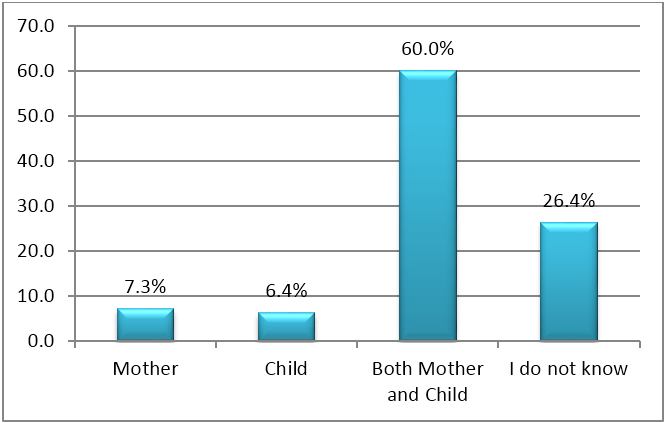
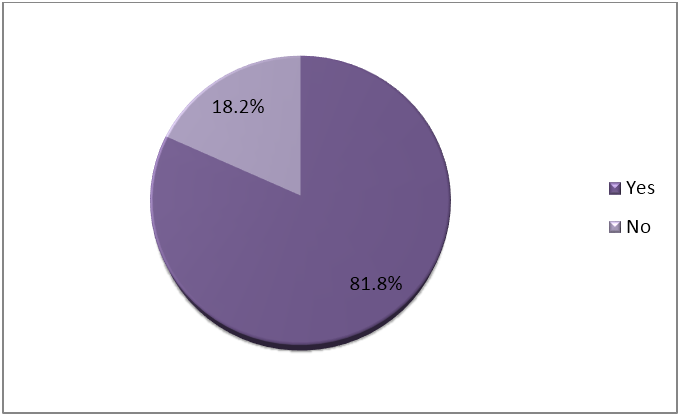
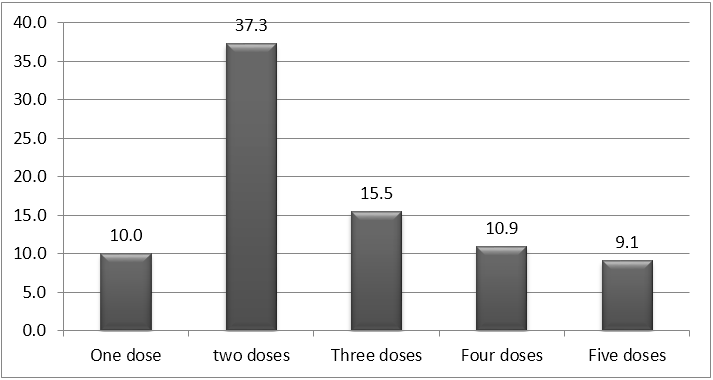
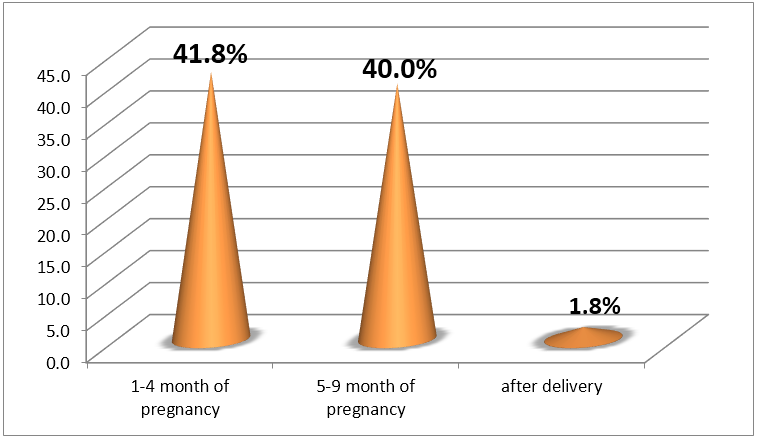
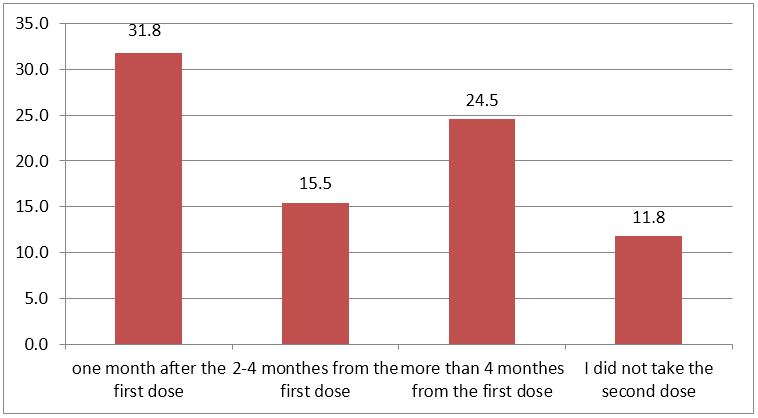
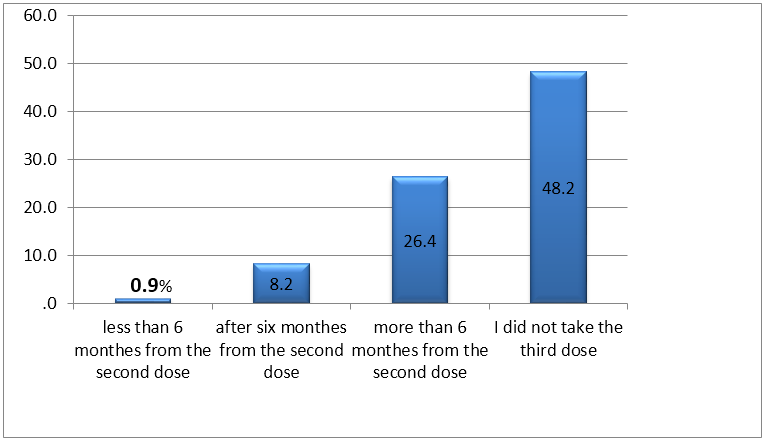
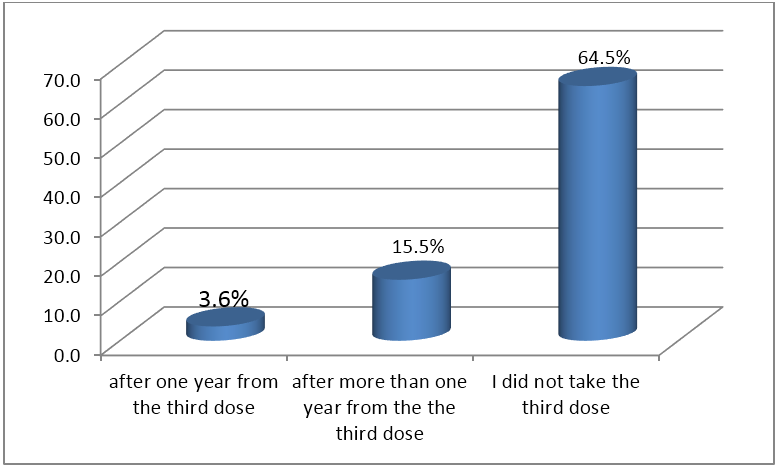
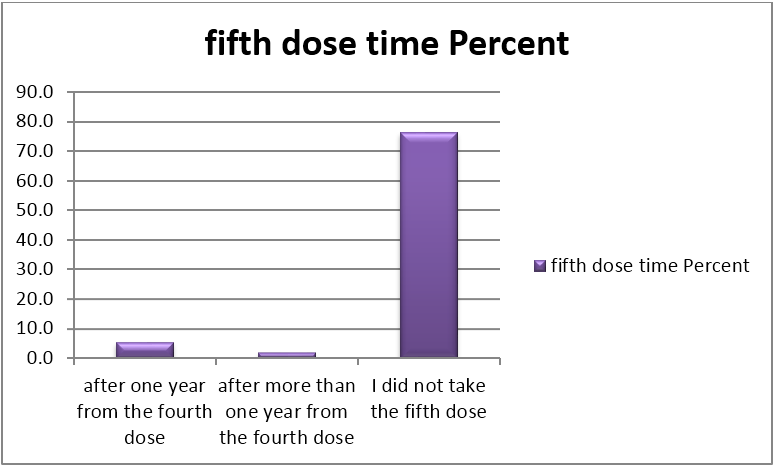
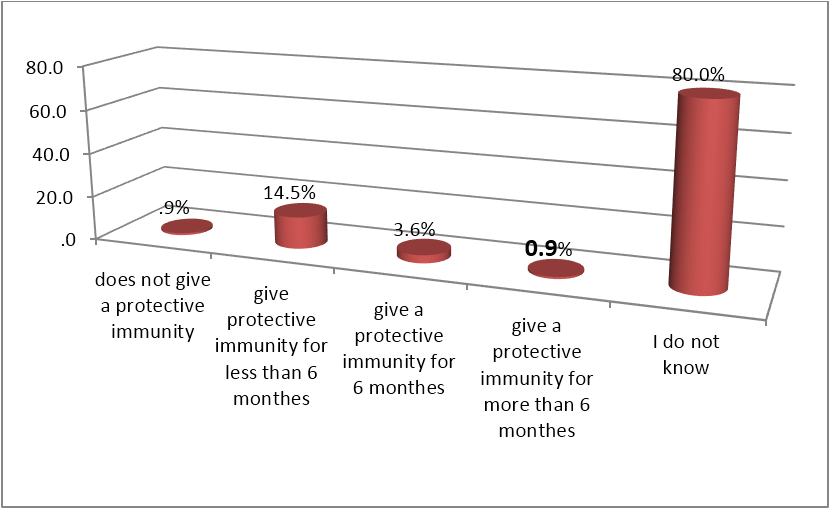
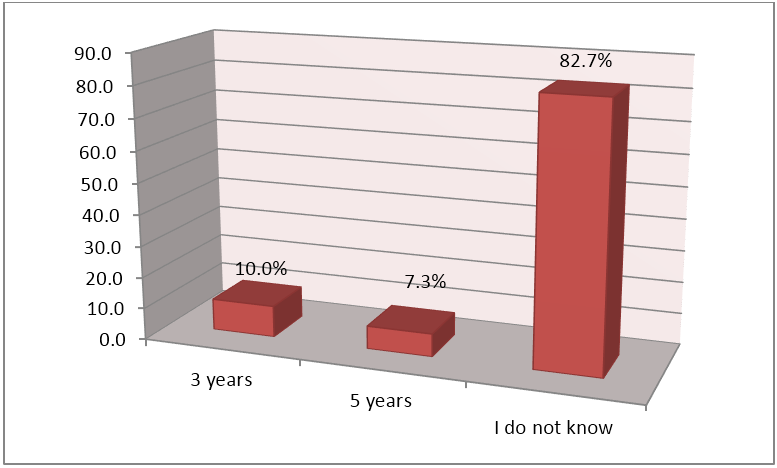
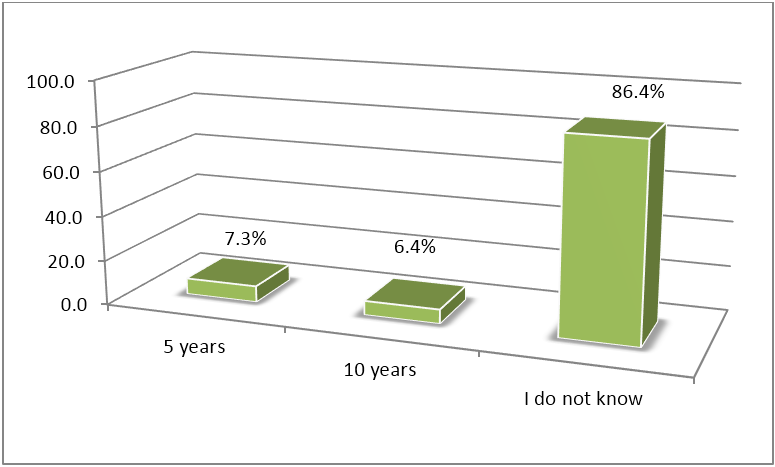
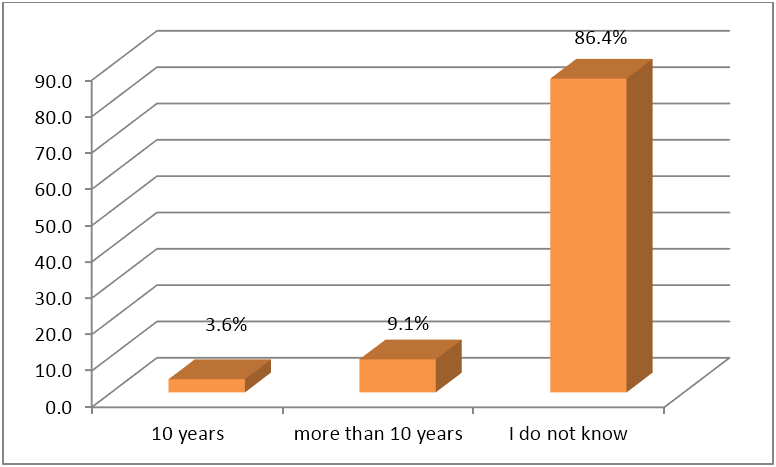
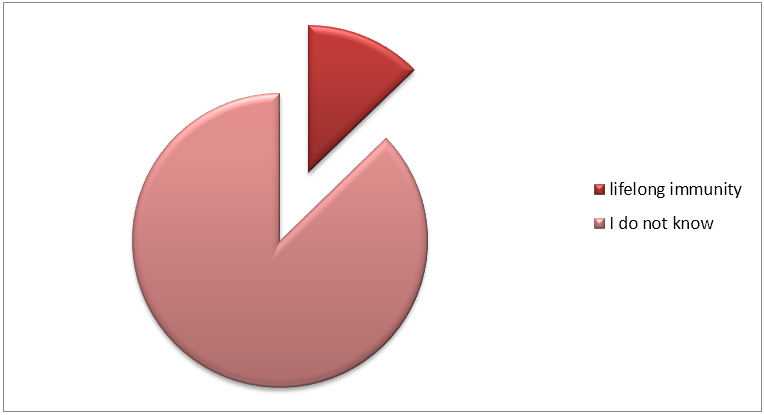
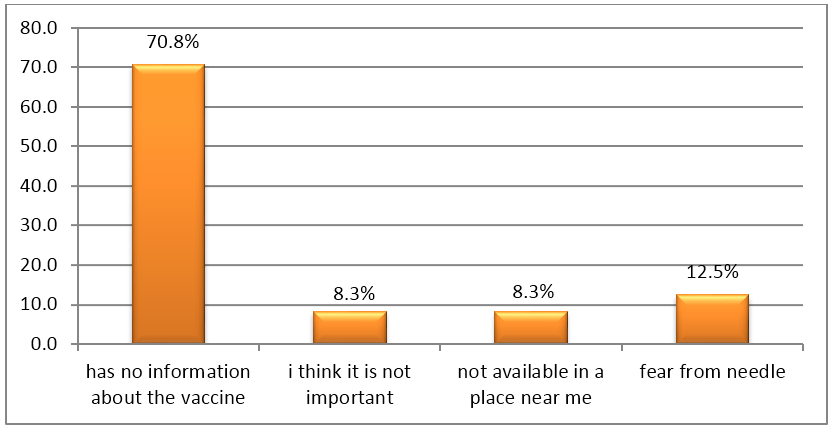
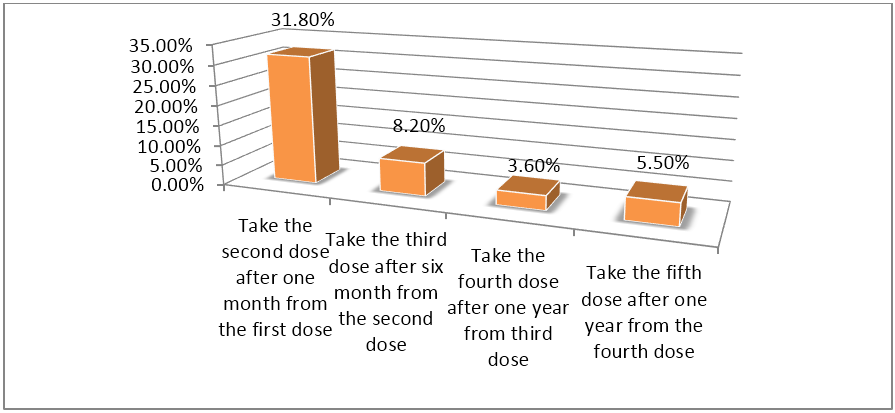
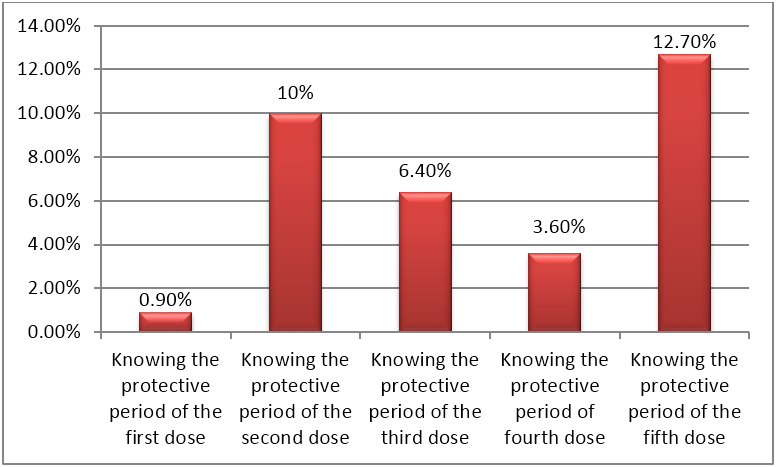
 Scientia Ricerca is licensed and content of this site is available under a Creative Commons Attribution 4.0 International License.
Scientia Ricerca is licensed and content of this site is available under a Creative Commons Attribution 4.0 International License.